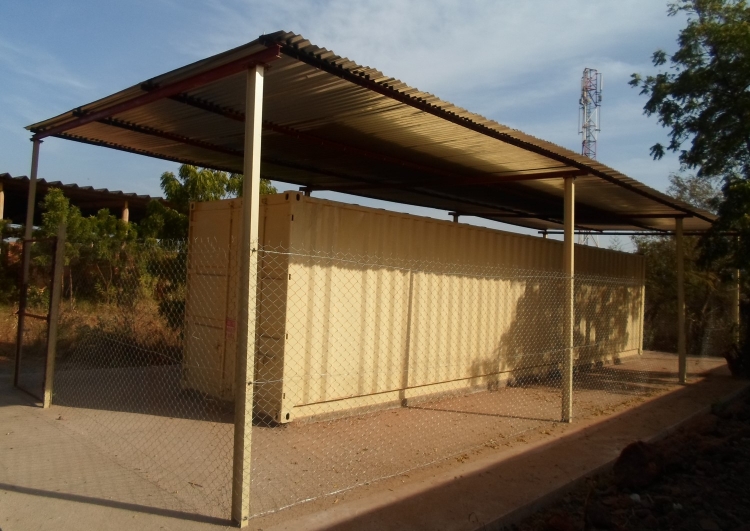Since 2009, Mali's authorities have been collecting disused sealed radioactive sources from around the country for safe storage in the capital, Bamako, with the support of the IAEA. Now, their attention is turning towards improving the security of the storage, to keep the sources, which are still radioactive, away from the hands of criminals.
“Any source that emits ionising radiation, even at the end of its useful life, needs to be kept safe,” said Nagantié Kone, Director General of Mali’s Radiation Protection Agency (AMARAP). “But we shouldn't forget that any such source must also be secure. The higher the activity of the source stored, the higher the risk of someone removing it in an unauthorized way.”
In Mali, as in most countries, radioactive sources are used widely. To measure the moisture and density of the soil on which a road will be built, for example, construction workers use a special gauge that emits radiation. To see inside a patient’s body, medical staff use diagnostic imaging with radioactive substances. Even gold mine explorers use radioactive devices: it is how they can tell if there is gold underground.






